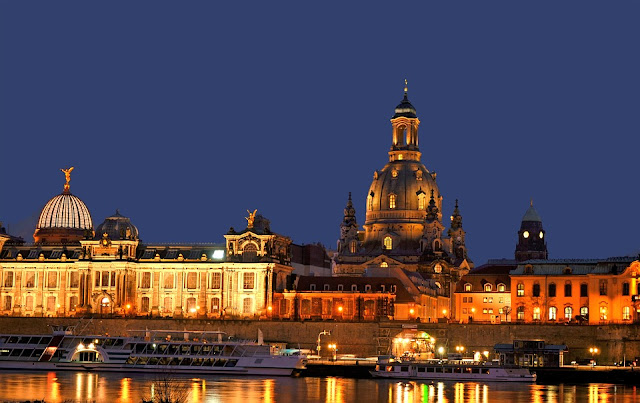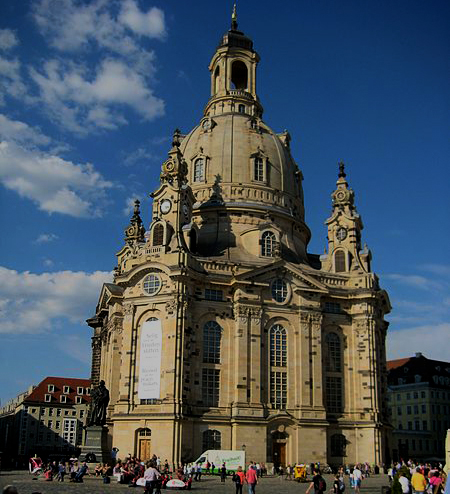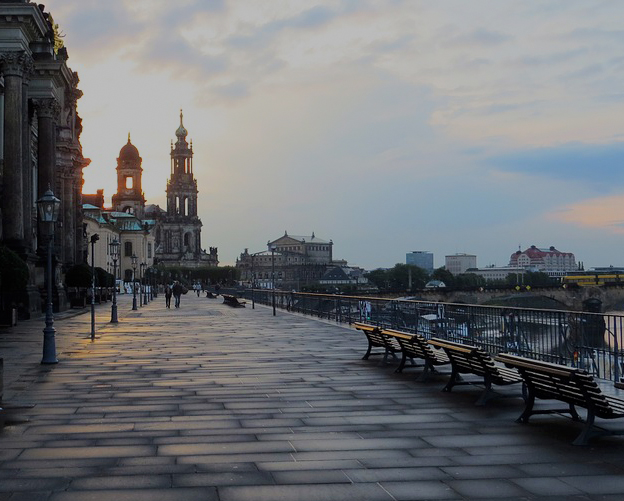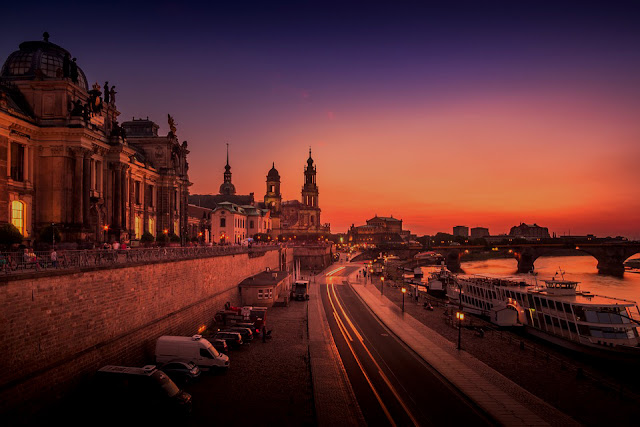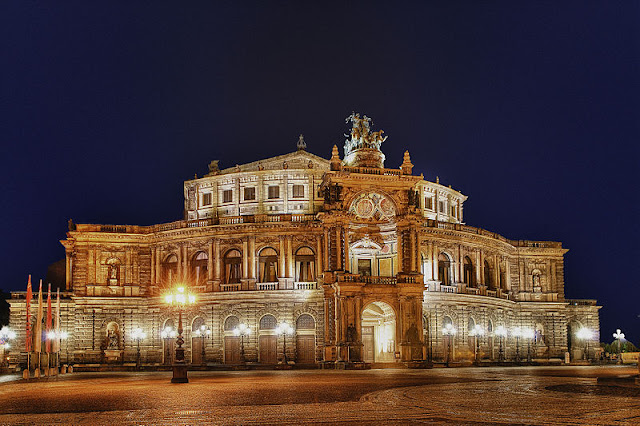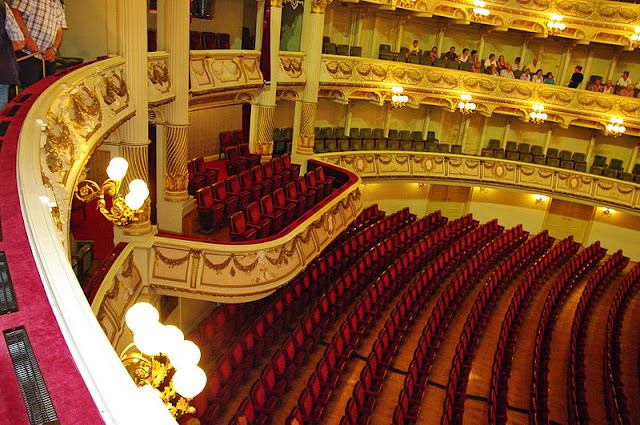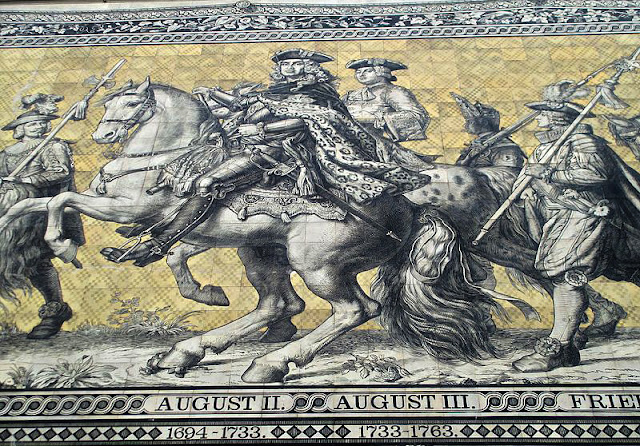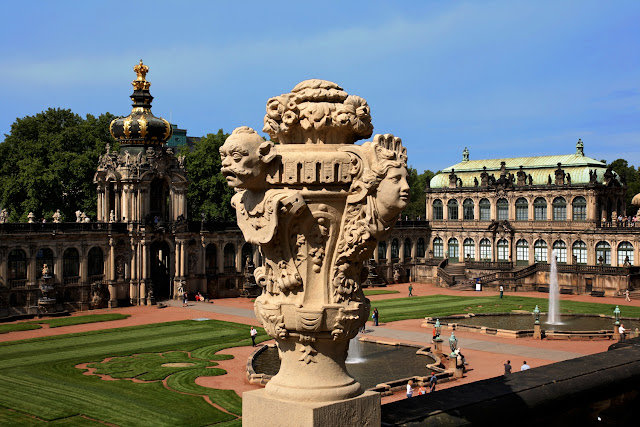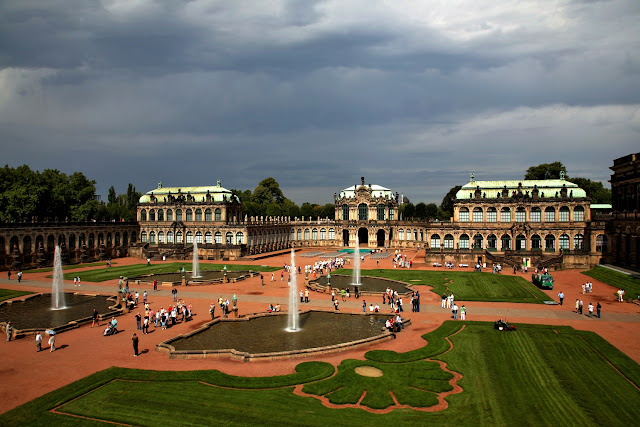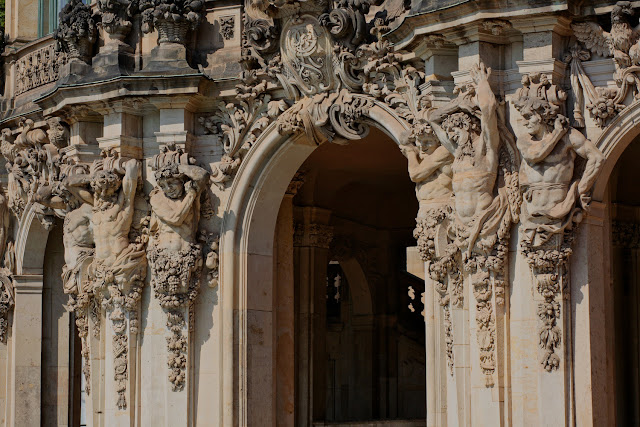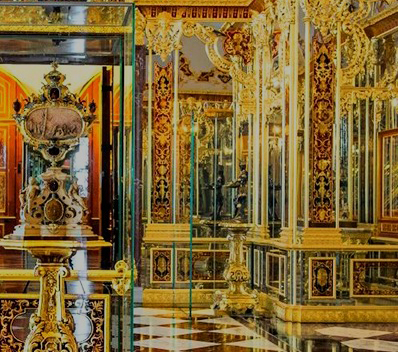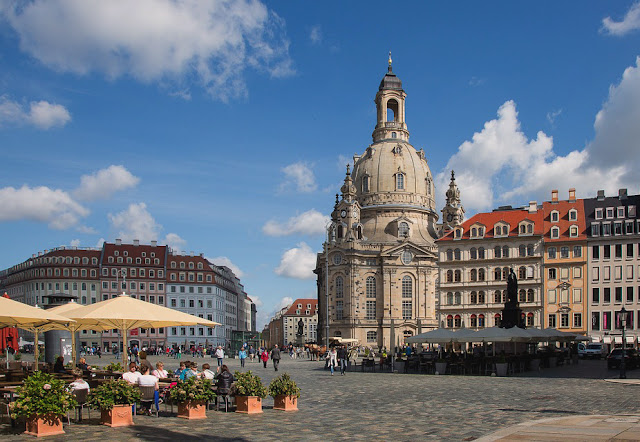Dresden - A City of Art, Music and Baroque Architecture
Dresden - A City of Art, Music and Baroque Architecture
Dresden is located halfway between Berlin and Prague, and until recently, it was rarely visited by western tourists. This city of art, music, and baroque architecture is often referred to as the Venice of Germany and remained an undiscovered gem during the forty year lifespan of Communist East Germany.
Today, Dresden is looking more and more like it did in its pre- World War II days because major architectural treasures such as the Zwinger Palace, the Frauenkirche, and the Semperoper that were nearly destroyed by Allied bombing raids have been painstakingly restored. The first glimpse of this city from the Elbe River is magical with its filigree of church spires and domes topped with gilded statues, a beautiful elevated riverside promenade, the striking panorama of Baroque buildings, and castles that dot the shoreline. There are several must-see attractions in the city that should not be missed.
Encountering the Past
If you look hard enough you will still see scars of the destruction of this city that took place in February of 1945 when the historic Old City of Dresden was completely destroyed by Allied bombers. The reconstruction of some of Dresden’s architectural treasures, however, is as amazing as it is inspiring.
Reconstruction of Frauenkirche
The beauty of the Frauenkirche, the Luthern Church of Our Lady, is one of the most notable reconstructed buildings in the center of the Old City. At the end of World War II, all that was left of this church, considered to be one of Dresden’s most beautiful baroque buildings was a heap of rubble. The history of this church goes back 1,000 years and people from all over the world donated money to help to rebuild it. The church was opened in 2005 after an 11-year rebuilding project.
Look for the darker colored stones, all 8,000 of them were gathered from the rubble and used to rebuild the church. There are seven entrances to this church, each has a letter of the alphabet. Access to the nave is gained via Entrance D. Don’t miss the exhibition on the reconstruction process that is located at the basement level via door F from inside the church.
The Fortress
One of the oldest Renaissance structures in the Old City lies underneath Bruhl’s Terrace which has been open to the public since 1814. Here you will find the 400-year old Brick Gate, Dresden’s only surviving original city gate complete with guard rooms and the relics of medieval defense systems including the old town bridge. Don’t miss the mysterious vaults that show how Dresden once protected itself and where Johann Friedrich Böttger succeeded in producing the first European hard-paste porcelain in 1708.
Balcony of Europe
For a birds-eye view of the city and river head to the Brühschule Terrasse that stretches high above the Elbe River and has been nicknamed the “Balcony of Europe.” It is located just north of the recently rebuilt Neumarkt Square that has been reconstructed to look like it did pre-1945. It is said that when Vladimir Putin was a KGB agent stationed in Dresden he savored this view. The view is spectacular, in front of you is the Elbe River with tour and pleasure vessels, across the river is the “New City,” and behind you is the awe-inspiring complex of the Old City.
The Opera House Semperoper
Dresden is a city of music. It is where Carl Maria von Weber and Richard Wagner conducted and where operas by Richard Strauss and many others premiered. The Semperoper, one of Europe’s great opera houses dominates the Theatrerplatz on the Elbe and is often considered the centerpiece of the Old City. The original building burned to the ground in 1869 and was rebuilt in 1878. In 1945 during the final months of the war, it was razed to the ground. Once again, this building was reconstructed and reopened in 1985.
The interiors are dazzling and were painstakingly reconstructed by local craftspeople and artists according to original plans. Not only is this one of the most beautiful opera houses in the world, it is renowned for brilliant performances by the Saxon State Opera and other international guest artists. To attend a performance here is an unforgettable experience that harkens back to days gone by.
Follow the Procession of Princes - Furstenzug
If you love porcelain and art, you are in for a treat because Dresden has the world’s largest porcelain mural called the Procession of Princes that is located on Augustusstrasse. It is an amazing experience to walk the length of this 330-foot long mural that is composed of 25,000 porcelain tiles made by the famous porcelain manufacturer, Meissen.
This mural was created between 1870 and 1876 by artist Wilhelm Walther to celebrate the 800-year anniversary of the Wettin Dynasty and consists of 93 people including 35 noblemen, princes, dukes, margraves and kings that are shown on horseback. The mural covers the exterior of the Royal Mews in Auguststrasse.
Baroque Beauty
The Zwinger Palace is one of the best examples of late Baroque architecture in Germany. It was built in 1709 during the reign of Augustus the Strong and was used for tournaments and other courtly activities. Strolling amid the galleries, pavilions and past the ornate sandstone palace built between 1710 and 1719, it is easy to imagine the pageantry of the Baroque period.
The Crown Gate is the most photographed part of this complex. It is decorated with gods from Greek mythology. Don’t miss a photo by the Nymphaeum, next to the Rampart Pavilion that is one of the finest baroque fountains in all of Germany.
Save time to explore the various museums inside the Zwinger Palace. The Dresden porcelain collection is one of the largest collections of its kind in the world. The Armoury displays an exquisite collection of weapons, suits of armor and ceremonial clothing. The Semper Gallery contains the world’s most important collection of Baroque to Renaissance period paintings including the famous Sistine Madonna by Raphael.
Elaborate Artwork & Gems Galore
Here, all that glitters is gold and so much more. The opulence of the Grünes Gewölbe (Historic Green Vault) on the ground floor of the Residenzschloss (Royal Palace) immerses visitors in one of the oldest and best-preserved treasuries in all of Europe. On display are objects, art pieces and jewelry made of gold, silver, amber, rock crystal, and diamonds. Keep your eyes peeled for the largest green diamond in the world. August the Strong founded this lavish treasury in the 18th century.
The Neue Grüne Gewölbe (New Green Vault) consists of more than 1,000 masterpieces of art, jewels, unique cabinet pieces and Royal Household items of the Grand Mogul as well as a gold coffee service to name a few.
The Golden Horseman
This monument depicting Augustus the Strong dressed in ancient garb is Dresden’s most famous statue that was built from 1732-1734. The Golden Horseman was hammered out in copper and fire-gilded. It was recently restored in 2003 with 500 grams of gold leaf. The statue is located at the foot of the Augustusbrücke Bridge and points the way into the inner Neustadt.
Neumarkt Square
This is downtown Dresden’s most famous Square well known for its opulent Baroque architecture. The Square dates back to 1548 and was rebuilt in 1726-1743 in a simpler late Baroque style. The dedication of the Frauenkirche in 2005 breathed new life into Neumarkt Square where stately houses provide a historic backdrop to shops and restaurants.

